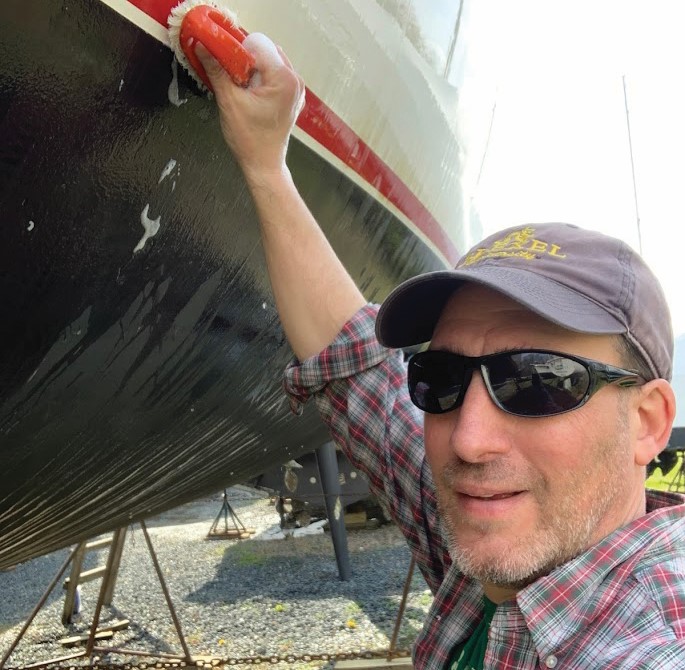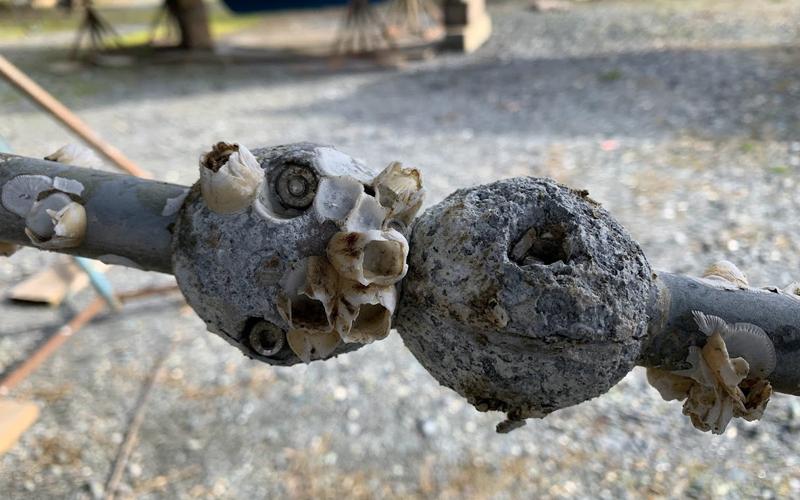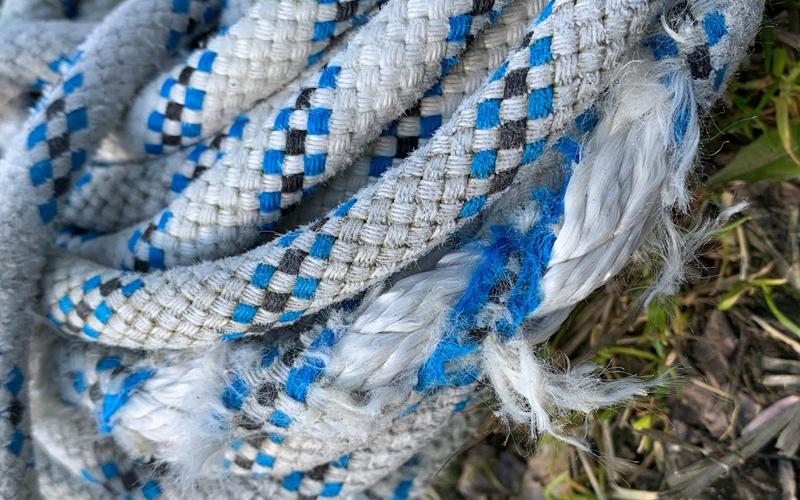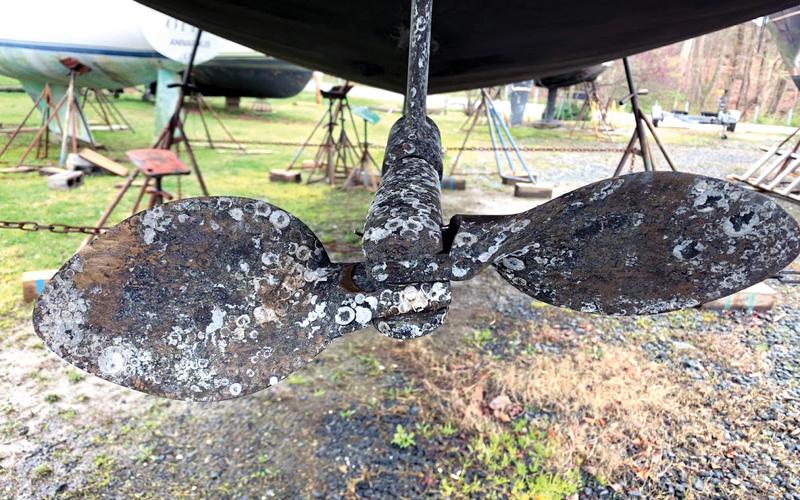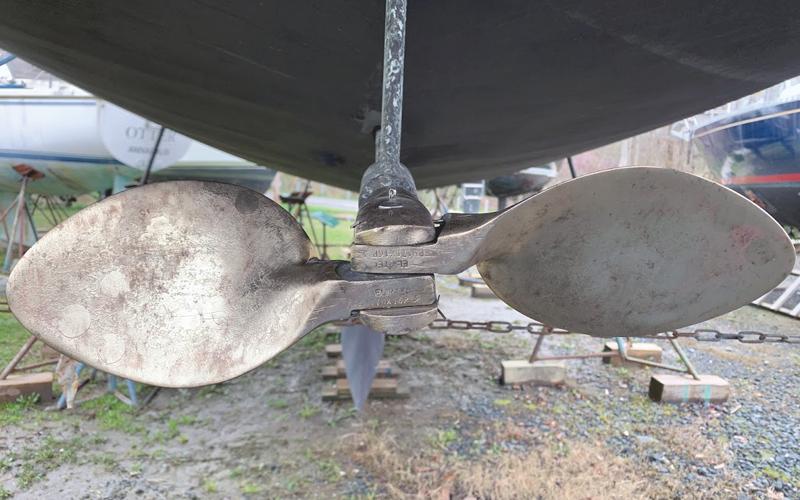WooHoo! It's time for sailboat spring commissioning!
As warmer weather approaches, the sailing season beckons us for many months of great times on the water this year. But it’s no fun to be stranded out on the water due to equipment failure. Now is the time to go over every inch of your boat with a fine-toothed comb to make sure everything is in tip top shape for another great sailing season.
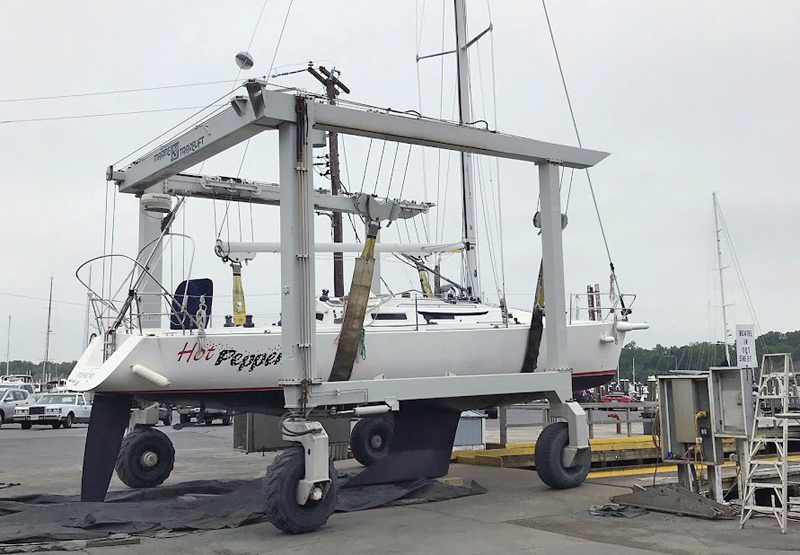
Here’s a helpful checklist to help guide your pre-commissioning ritual in order to best prepare your boat to take on anything the Bay brings her way. This is by no means intended to be an exhaustive list, and of course each boat has its own individual items not covered here. Check your owner’s manuals, user forums, and other resources to supplement this list with other guidance appropriate to your particular boat.
Engine
- It’s generally recommended to change the oil and filter at the end of the season so old, dirty oil doesn’t sit in the engine pan all winter long. If you didn’t do it in the fall, be sure to do an oil and filter change before launching.
- Check your belt(s) and replace if any visible signs of wear or cracking are evident and make sure the tension is correct.
- Fuel filter(s): it’s also a good annual practice to replace if not replaced in the fall.
- Impeller: replace every one to two years.
Electrical
Check your battery(s) and make sure the contacts are clean. Top them off with distilled water if you have lead-acid batteries onboard. Check the manufactured date and replace if they’re approaching their maximum usable life. Test the batteries and charge them if needed.
Hull
- Carefully inspect the hull for cracks, blisters, gelcoat wear, any possible anchor chain damage, or delamination, particularly in the rudder. If the hull is in good condition, consider a fresh coat of bottom paint.
- Remove any barnacles or other growth on the propellor, shaft, and strut, and inspect the components for pitting or other damage. If everything looks good after a thorough cleaning, apply some PropCoat to prevent fouling throughout the season. Replace your anode(s) annually as well.
- I usually wax the hull above the waterline before launching, to remove dirt and provide a polished look.
Safety
- Check to make sure your fire extinguishers are charged and not expired.
- Check your safety flares to make sure they’re not expired and are in good physical condition.
- Replace the CO2 cartridges on your inflatable life vests.
- Take inventory of your onboard first aid kit and replace outdated meds and other items.
- Visit spinsheet.com/category/safety for more great tips; Consider enrolling in a Safety at Sea Seminar.
Deck and Rigging
Inspect all deck hardware for signs of damage or corrosion.
- Take a good look at your sheets, halyards, and all other running rigging for signs of wear, dry rot, or animal gnawing. Ravens had a field day on my tackline a few years ago, rendering it unusable.
- Check your chainplates for visible signs of rust, pitting, or cracking. Be sure to look below deck as well. Any signs of water near the base of the chainplates indicate leakage and possible rust underneath.
- Give the deck a scrubbing and waxing to remove surface mildew and provide a clean, protective coat.
- Consider cleaning and lubricating your winches if it’s been more than two years (visit spinsheet.com/category/how-to for a step-by-step guide).
Sails
Having your sails professionally washed annually will help improve usable life and keep your sails looking great. Whether your sails were stored in your garage or onboard, they may have made a nice winter home for small critters. Take a careful look at your sail bags for signs of this long before your launch date.
Brightwork
Treat your teak with appropriate cleaners and conditioners to remove grime, protect for the season, and have it looking great for your onboard guests.
Standing Rigging
Consult your boat’s tuning guide to ensure that your standing rigging is properly tuned for the season.
Plumbing
Flush all freshwater systems to remove antifreeze and fill with appropriate amounts of water to start your season.
Electronics and Navigation Lighting
- Power up your electronics and perform a radio check (on channel 9, not 16).
- Test your chartplotter and any other electronic devices.
- Switch on your nav lights at dusk to make sure they’re in proper working order. Replace any bulbs or wiring as needed.
Budget your time wisely and use the weather to your advantage.
Many of these items can be done well before the start of the season. Other items such as bottom painting need to be done in temperatures above 50 degrees Fahrenheit. My personal approach is to do as much of the cooler-weather-friendly items as soon as possible and to watch the weather forecast for the first warmer-weather stretches to get the bottom painting done.
Many of these items can also be done after the spring launch if the boat has been hauled out for the winter. Budgeting your time wisely and using the weather to your advantage can help you get the earliest start with your boat best prepared for another great season on the Bay.
by Captain Seven Toole
About the Author: Capt. Steven Toole, an active racer and cruiser on his J/120 Hot Pepper, is the vice president of the Chesapeake Racer Cruiser Association and a board member of the Chesapeake Bay Yacht Racing Association.
Find a more complete checklist and other resources at boatus.com/spring-preparation.
